Went to the supermarket for some grocery-shopping and saw these!
Fishcakes!

In the shapes of Rilakkuma, Doraemon and Pikachu.
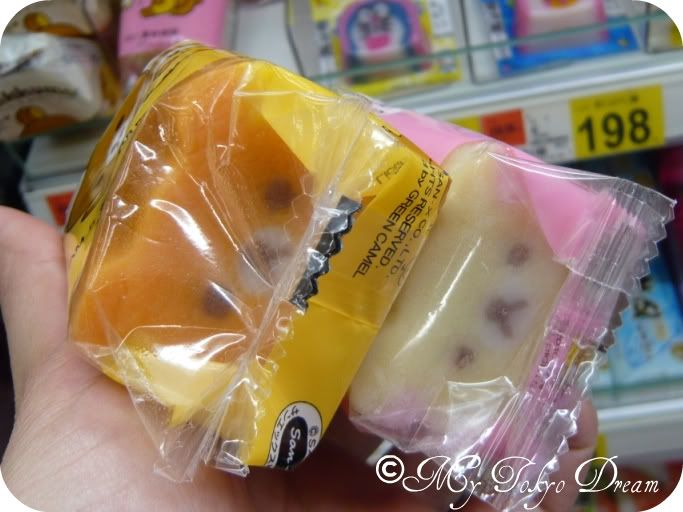
There are called かまぼこ (Kamaboko - Fishcakes), which are made from fish (obviously, snort snort). I'm sure you have eaten it somewhere before, as they are commonly found in ramen and available in various shapes and sizes.

I bought the Rilakkuma kamaboko of course. 



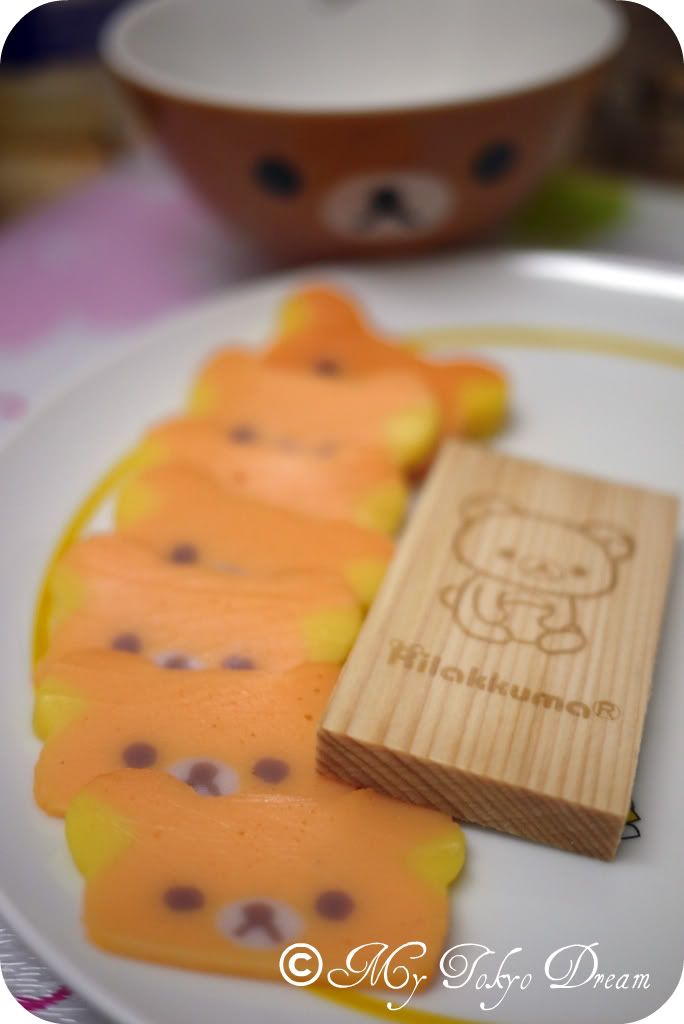
It came with a little block of wood. I wonder what it is for? To protect the fishcake?
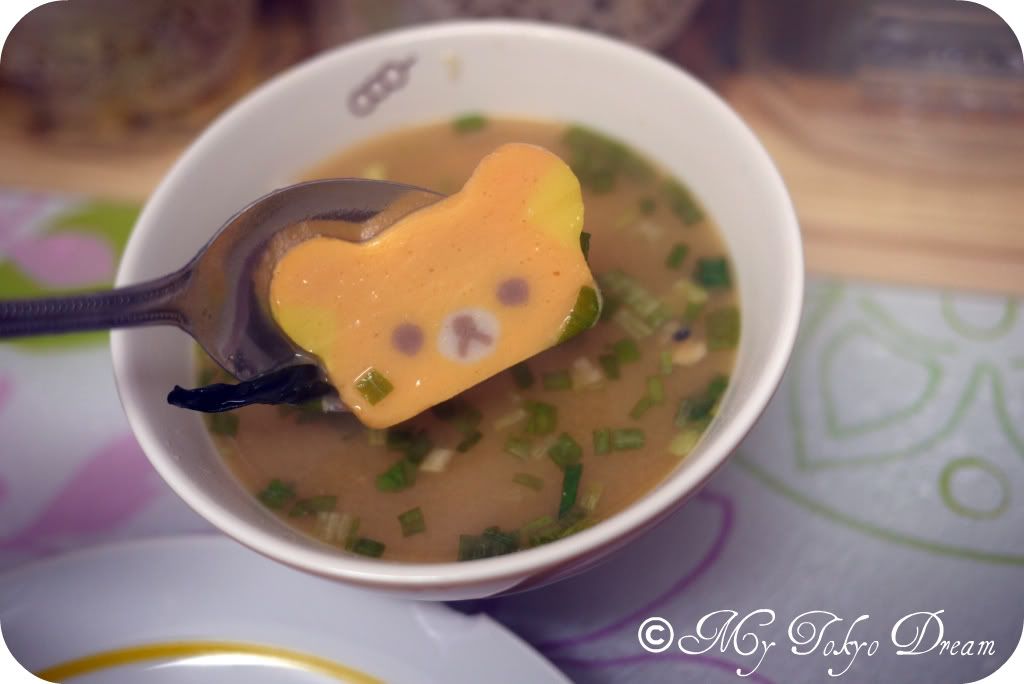
Dumped a few pieces into my miso soup.  It tastes pretty good!
It tastes pretty good!
 It tastes pretty good!
It tastes pretty good!I never liked plain rice. It tastes so....bland and plain! And I would like to introduce one of my favourite ways to eat rice - 卵かけご飯 (Tamago kake Gohan - Rice mixed with egg)!
卵かけご飯 is a unique yet simple Japanese way of adding some flavour to your plain rice. It only requires 3 ingredients - plain cooked Japanese rice, a raw egg and soya sauce (optional).
1. Get your raw egg ready.

I only eat 卵かけご飯 in Japan cos their raw eggs taste the best!
2. Crack your egg and add a few drops of soya sauce.
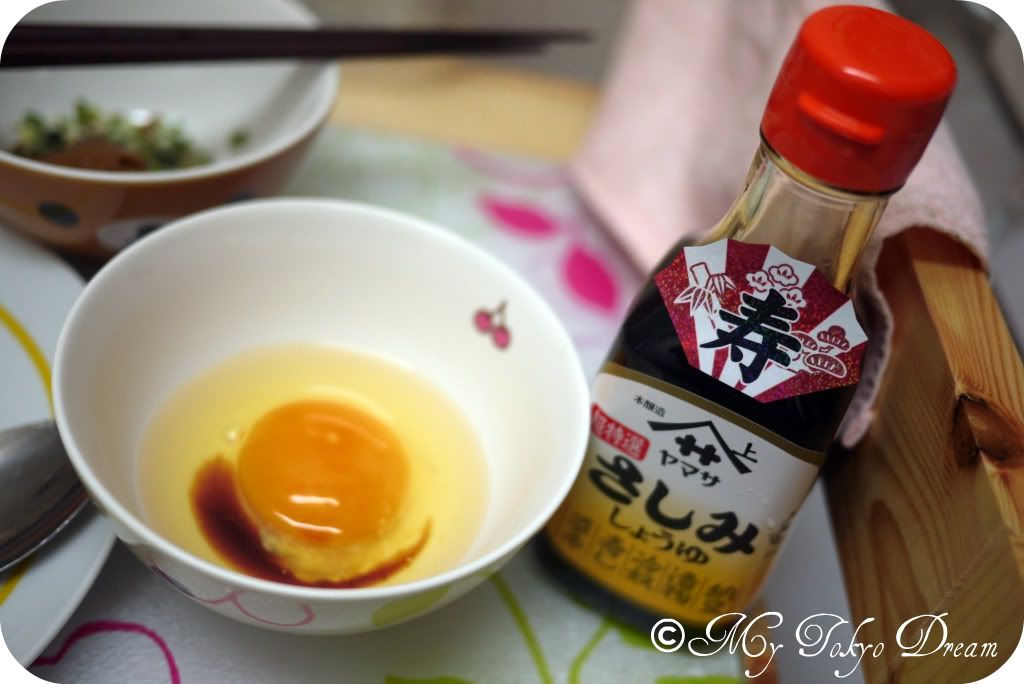
I like it a bit salty. And you can add pepper too.
3. Beat the egg well and pour onto your rice.

I added some konbu in my rice. Some people like to dig a 'well' in their rice to pour in the egg mixture. I don't do that cos it reminds me of digging a grave, lol.
4. Mix well...
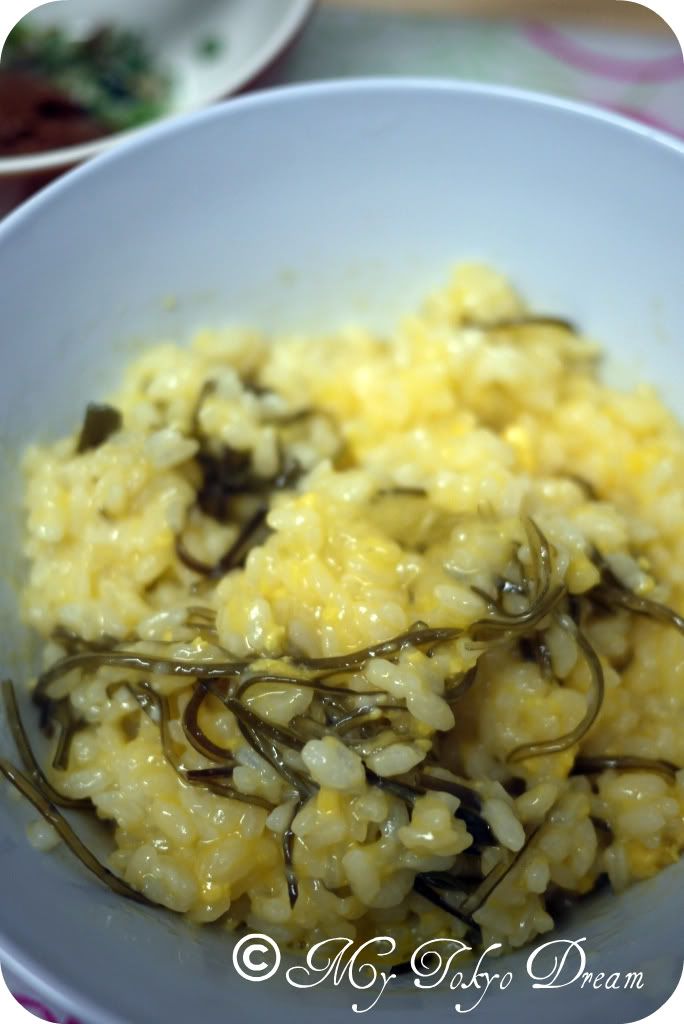
...and you have your 卵かけご飯!
It's so simple and authentically Japanese! I wiki-ed it and apparently it is good for health to eat eggs this way!
'Eggs contain many nutrients and protein which are denatured when cooked; therefore it is thought that eating them raw maximises the beneficial effects of these nutrients. The egg yolk contains more than enough levels of biotin to compensate for the high levels of avidin in raw egg white, which binds to the B-vitamin biotin, preventing their absorption and potentially causing a deficiency if the yolk is not consumed with the white.' -Wikipedia
My dinner tonight.

卵かけご飯, miso soup, kimchi and some beans. Sometimes a simple meal is the most satisfying one! 


No comments:
Post a Comment